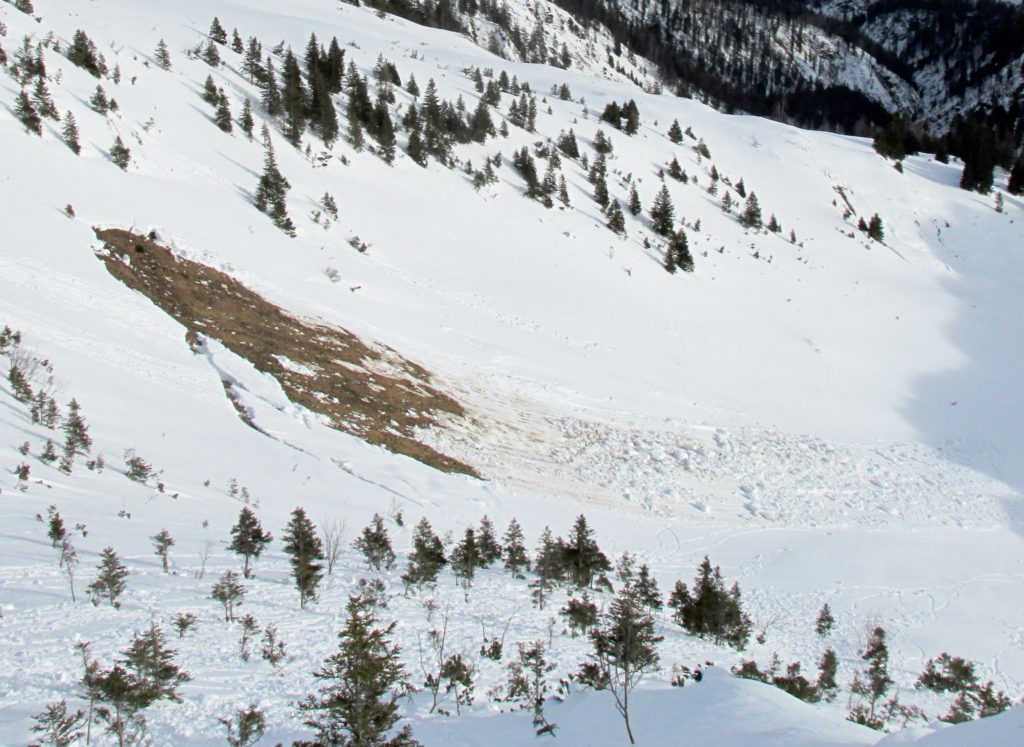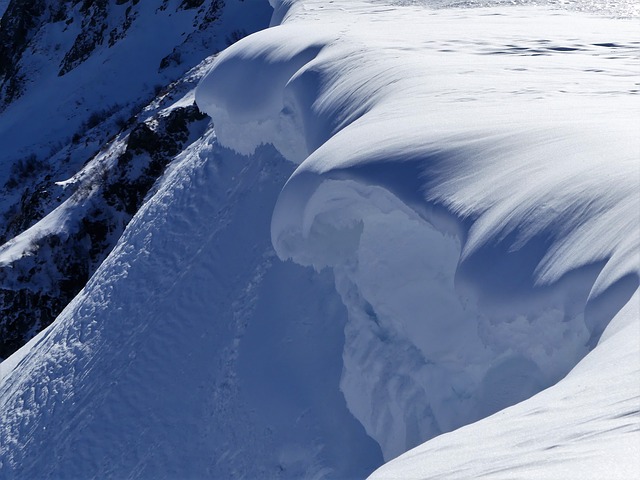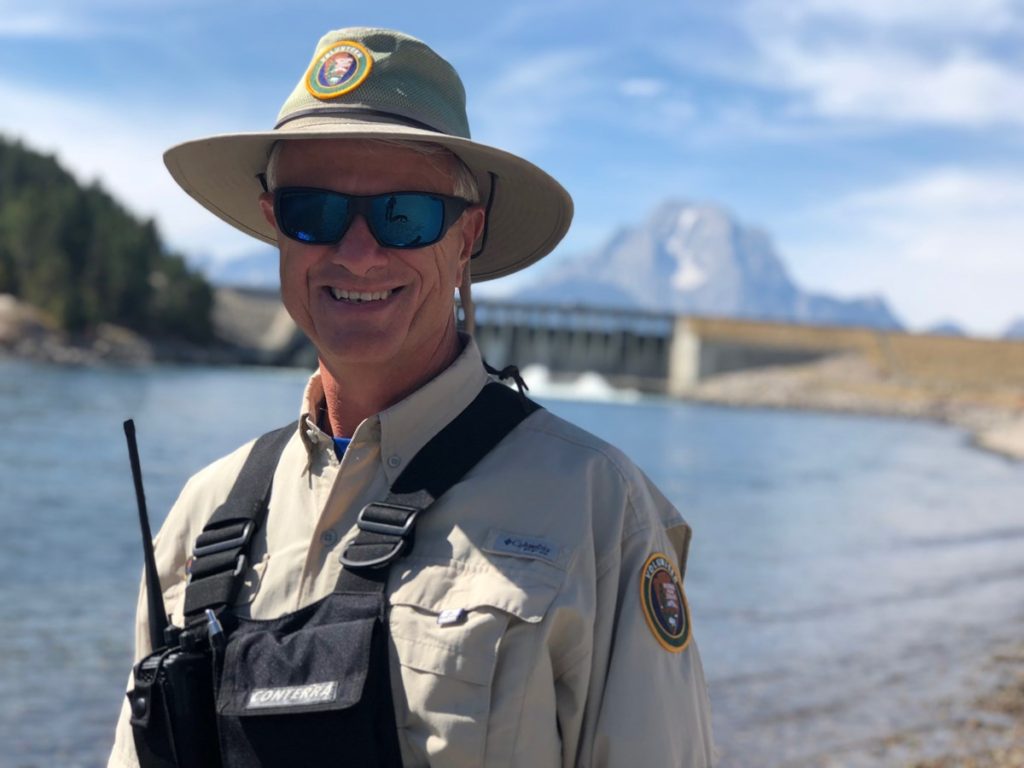
Tips for Backcountry Skiing in the Spring
Ahhh springtime. The sun is shining, the birds have returned from hiding out down south for the winter and there are still plenty of good turns to be found in the backcountry. The snowpack can be quite stable this time of year if you tour at the right time, but you have to be a bit strategic about when and where you travel. Even though it feels like avalanches couldn’t possibly happen while the sun is shining, they most definitely can. Read on to find out more about how to stay safe and comfortable when touring in the spring.
Avalanche Safety in the Spring
You’re definitely aware that the sun is stronger this time of year, but have you considered what that thermal energy does to a slope covered with snow? Well aside from turning the top layers into corn snow (or full on slush on really warm days) it can also really destabilize things.
When it’s cold enough overnight that the surface of the snow freezes and creates a crust, things are generally quite stable until later in the day when the crust begins to melt. Once that crust softens and breaks down, the upper layers of the snowpack get saturated with water and has the potential to be really unstable. If melted snow makes its way deep into old, sketchy layers, those deep instabilities can become active once again.

Once the crust melts, use caution. There is the potential for loose wet avalanches and if the water has penetrated far enough, there is the possibility of wet slab avalanches. These occur when an old unstable layer gets saturated and can often cause deep layers to fail.
If it isn’t cold enough to freeze overnight, use extra caution. The snowpack is already weak and will quickly deteriorate as the day warms up. Choose your routes very carefully.
The moral of the story: start early and get out early on sunny and warm days. Try and hit the sweet spot where the crust has just started to soften up into that sweet, silky corn snow.
Overhead Danger
Cornices. Cornices are your nemesis at this time of year. As the sun beats down on them and softens their foundations, the likelihood of one breaking loose and starting a wet slab avalanche only gets higher.

When traveling in the backcountry, avoid venturing under terrain that has cornices above it whenever possible. If you do have to traverse a zone with serious overhead danger, be sure to do it early in the day and really space out your group. Don’t have more than one person in danger at any time if at all possible.
On that same note, don’t travel on top of cornices. The weight of a skier on an already weakened cornice can cause it to break off and take you with it.
Sun Protection
One of the best things about backcountry skiing in the spring is the sunny weather, but if you aren’t dressed for it you can get a burn in a hurry, especially at high altitudes.
A hat to wear while you’re skinning is a good idea – wear a full brim if you aren’t worried about fashion, otherwise a good old ball cap is better than nothing.
Cover as much of yourself as possible with light clothing (more on that below). Any skin that is still exposed you should cover with sunscreen (your nose, back of your neck, back of your hands and wrists if you aren’t wearing gloves). Be sure to reapply often – if you’re sweating you’ll sweat the sunscreen right off pretty quickly.

Last but not least, protect your eyes. Sunglasses are key, preferably a pair that sits close to your face so sun can’t sneak in the sides. At this time of year the sun really reflects off the snow. If you’re a diy kind of person, a bit of duct tape can be used to make makeshift shields for the sides of your shades.
Layering for Spring Skiing
If you’ve read our layering article, you’ll probably remember the rule about not wearing cotton. It’s time to break that rule. In cold weather, wearing cotton is a bad idea because it traps moisture and saps heat from your body. In warm spring weather, that’s a great way to keep yourself cool.
A loose-fitting and light long sleeve cotton shirt is a great way to protect yourself from the sun as well as regulate your temperature. Be sure to pack warm layers as well – as you reach higher altitudes or if the weather takes a turn for the worse you’ll be glad you have them.
Soft shell or really light, breathable, and/or well vented hard shell pants are what you want for your bottom layer. Ditch the long underwear unless you run really cold or if you have a reaaaally light pair that will wick sweat away from you. Some shell pants don’t feel great against your skin, so keep that in mind.
Wax On, Wax Off
Skin wax like Black Diamond’s Glop Stopper (great name) is key this time of year to keep snow from building up on your skins. If you haven’t experienced skin glopping you aren’t missing anything. Prevent it before it happens because it’s a pain in the ass. Keep a small block of skin wax in your pack, and rub it from tip to tail on your skins while they’re attached to your skis before heading out.
Give your skis a fresh coat of warm weather wax as well to keep your turns from being slowed down by the sticky snow. Fresh wax also helps keep skin glue from transferring onto your bases.
Closing Thoughts
Hopefully these tips help everyone stay safe and have some fun backcountry skiing this spring. If you have any other spring touring tips for us, let us know in the comments. Enjoy the snow while it lasts!